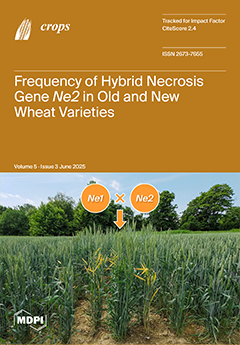The continuous provision of nitrogen (N) to the crop is critical for optimal cotton production; however, the constant and excessive application of synthetic fertilizers causes adverse impacts on soil, plants, animals, and human health. The current study focused on the short-term effects (one-year study) of adding different rates of clinoptilolite zeolite, as part of an integrated nutrient management plan, and different rates of inorganic N fertilizer to improve soil and crop performance of cotton in three locations (ATH, MES, and KAR) in Greece. Each experiment was set up according to a split-plot design with three replications, three main plots (zeolite application at rates of 0, 5, and 7.5 t ha
−1), and four sub-plots (N fertilization regimes at rates of 0, 100, 150, and 200 kg N ha
−1). The results of this study indicated that increasing rates of the examined factors increased cotton yields (seed cotton yield, lint yield, and lint percentage), with the greatest lint yield recorded under the highest rates of zeolite (7.5 t ha
−1: 1808, 1723, and 1847 kg ha
−1 in ATH, MES, and KAR, respectively) and N fertilization (200 kg N ha
−1: 1804, 1768, and 1911 kg ha
−1 in ATH, MES, and KAR, respectively). From the evaluated parameters, most soil parameters (soil organic matter, soil total nitrogen, and total porosity), root and shoot development (root length density, plant height, leaf area index, and dry weight), fiber maturity traits (micronaire, maturity, fiber strength, and elongation), fiber length traits (upper half mean length, uniformity index, and short fiber index), as well as color (reflectance and spinning consistency index) and trash traits (trash area and trash grade), were positively impacted by the increasing rates of the evaluated factors. In conclusion, the results of the present research suggest that increasing zeolite and N fertilization rates to 7.5 t ha
−1 and 200 kg N ha
−1, respectively, improved soil properties (except mean weight diameter), stimulated crop development, and enhanced cotton and lint yield, as well as improved the fiber maturity, length, and color parameters of cotton grown in clay-loam soils in the Mediterranean region.
Full article





